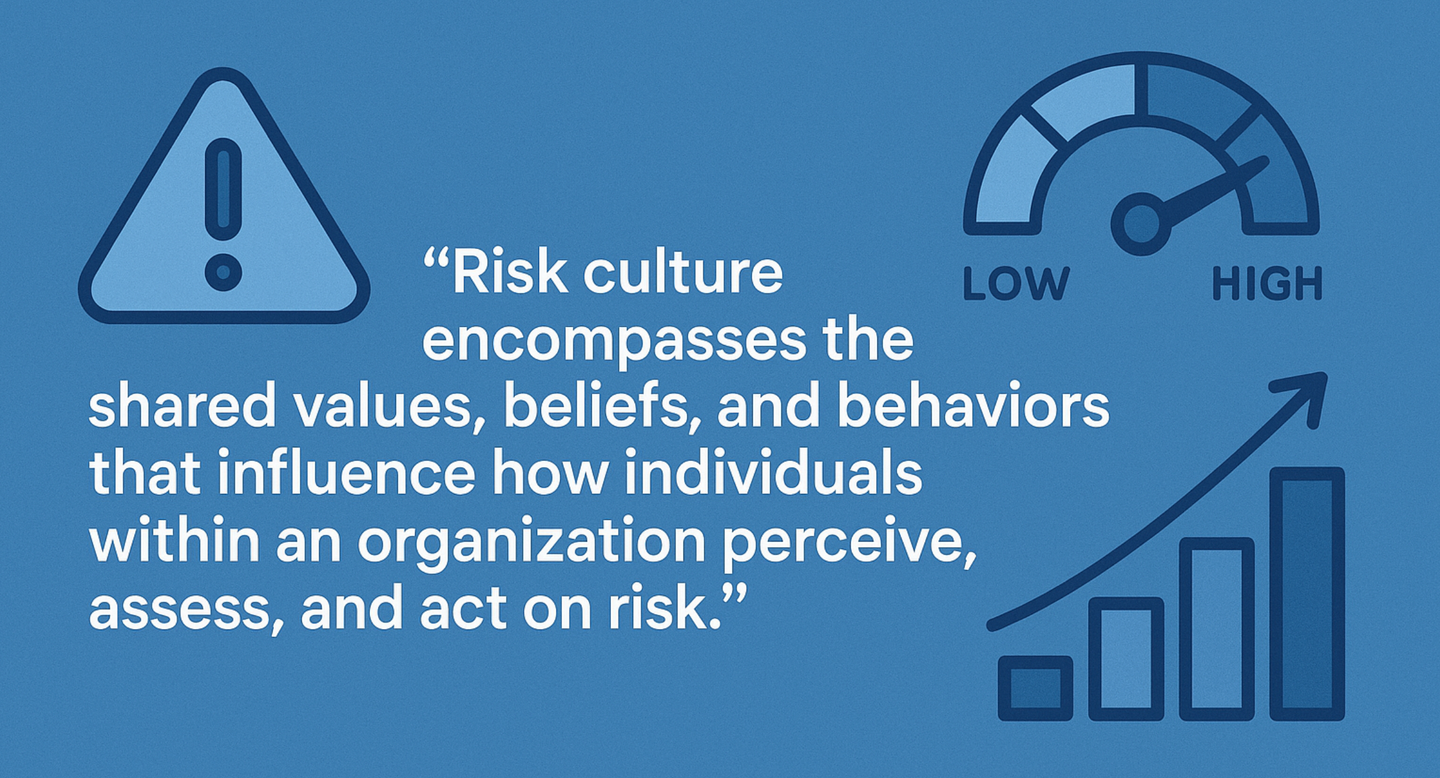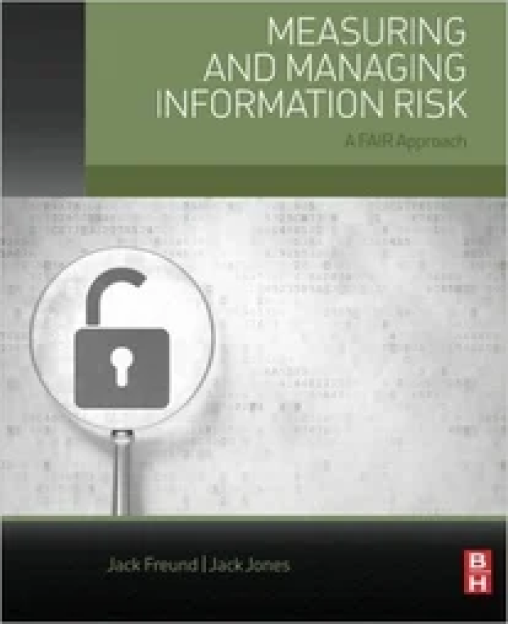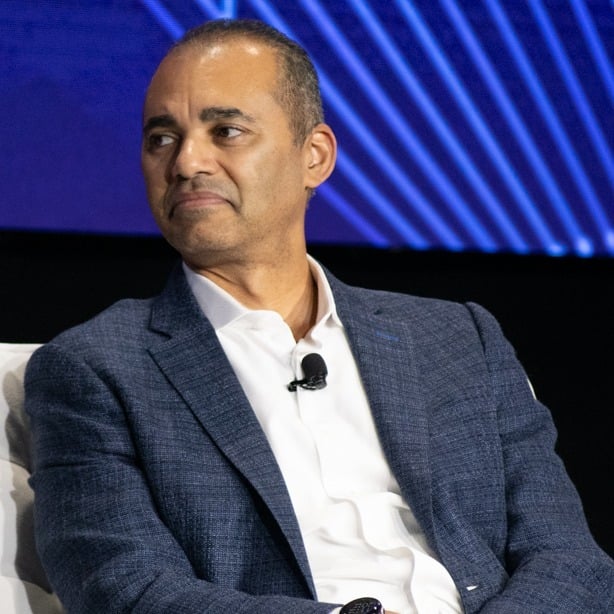

Risk culture is no longer just jargon; it’s a critical, mainstream concept in organizations worldwide, especially within regulated sectors like financial services, healthcare, and energy. Every organization has a risk culture. The real question is: how well is yours understood, implemented, and managed across departments and teams?
 This blog post is contributed by GuidePoint Security, a FAIR Institute sponsor. Author Will Klotz is Senior Information Security Consultant at GuidePoint Security.
This blog post is contributed by GuidePoint Security, a FAIR Institute sponsor. Author Will Klotz is Senior Information Security Consultant at GuidePoint Security.
What Is Risk Culture?
Risk culture encompasses the shared values, beliefs, and behaviors that influence how individuals within an organization perceive, assess, and act on risk. It shapes decision-making at all levels, guiding how risk is identified, communicated, and managed, whether formally through policies or informally through daily actions. At the end of the day, it’s basically the vibe around how people think about and deal with risk. Risk culture shows up in the everyday decisions people make, how they respond to uncertainty, and whether they speak up when something feels off. If left unchecked, risk culture will be organically created without organization influence. It’s the role of leadership to build and drive risk culture as a key part of a security risk management program.
Key Terms to Know
To build a strong and healthy risk culture, you need more than just good intentions—you need some structure. That’s where risk appetite and risk tolerance statements come in.
Think of risk appetite as the big-picture view: how much risk your organization is generally willing to take to reach its goals.
Risk tolerance drills down further by setting the boundaries for how much wiggle room you’ve got before things get uncomfortable or dangerous.
Together, they act like guardrails that help your team make consistent decisions, even when the road gets bumpy.
Why Risk Culture Matters
Regulatory bodies like the Federal Reserve, SEC, FDIC, and OCC have highlighted the importance of risk culture. For financial institutions, it’s often assessed during audits and exams to help reduce the likelihood of data breaches, operational disruptions, or compliance failures. Leading frameworks such as FAIR, ISO 31000, and NIST RMF also underscore the importance of aligning organizational culture with risk practices. A strong risk culture starts at the top with the board and executive leadership and flows throughout the organization. It's also a key indicator of whether a company is truly living its values.
Managing Risk Culture: Where To Start
Is your organization risk-averse or risk-seeking? Managing risk strategically starts with understanding your current risk culture. Unlike appetite and tolerance, which can shift with market conditions or business priorities, culture is deeply rooted. It must be intentionally created, nurtured, and reinforced.
From onboarding new technology and protecting sensitive data to training staff on AI safety, risk culture influences every business activity. Third-party risk assessments can help evaluate your existing culture and offer insights into gaps or inconsistencies. Once you understand your culture, you can craft risk appetite and tolerance statements that reflect reality not just aspiration. Communicating, training, and publishing these standards helps embed them into daily decisions and shapes culture over time
How does your organization stack up?
Here are a few yes/no questions to roughly assess where your teams stand on the risk maturity scale:
- Does senior leadership regularly communicate the organization's risk appetite?
- Do employees feel safe raising risk concerns without fear of retaliation?
- Are risk considerations embedded in strategic planning, budgeting, and project delivery?
- Are lessons learned from past incidents actively used to improve risk management?
- Are risk roles and responsibilities clearly defined and understood?
- Is risk training provided beyond compliance or audit checklists?
- Are incentives aligned with thoughtful, responsible risk-taking rather than just short-term results?
Make Risk Culture Actionable
Too often “risk culture” is treated as a buzzword, mentioned in policies or training but never integrated into actual decision-making or incentives. To make it real, you need a top down understanding and endorsement of creating and maintaining an acceptable risk culture.
Want to go deeper?
Check out this Cybersecurity Risk Culture, Appetite and Tolerance whitepaper to learn how to develop actionable, measurable risk appetite and risk tolerance statements that drive real behavior change.









